Post-treatments for turning parts and milling parts
Choose from 30 post-treatments for your turning parts and milling parts. We offer a wide variety of heat and surface treatments as well as coatings.
Instant quotes with post-treatments
For all our post-treatments for CNC parts you will receive automatic instant prices, so that you can order them directly with your part order. The displayed delivery date is adjusted to the selected processes. We coordinate the manufacturing of your parts through our supplier network. Parts are delivered to you ready to use in the selected design.
You can see which post-treatments are available for your CNC parts by selecting the desired material in your account. There you can also see which processes can be combined with each other.
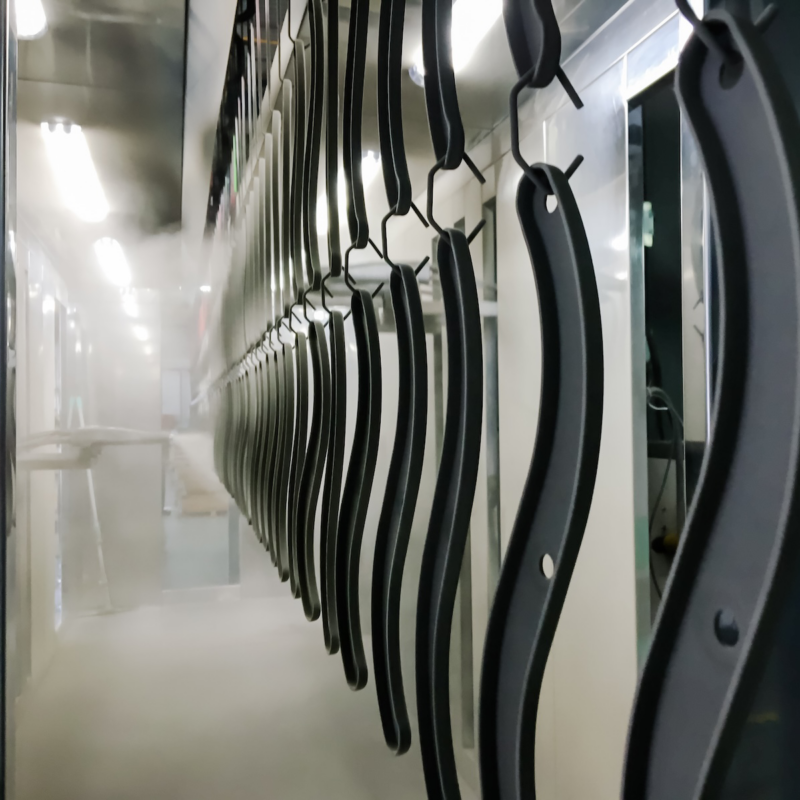
Labeling, cleaning and packaging
Heat treatments
Carbonitriding
Carbonitriding is a thermochemical surface hardening process with a subsequent hardening step similar to case hardening. In this process, the surface layer of the material is additionally enriched with nitrogen. Carbonitriding temperatures are lower than those used in case hardening. This reduces the risk of distortion. Higher surface hardnesses can be achieved, particularly with unalloyed and low-alloy steels.
✔ Higher wear resistance
✔ Higher hardness in the surface layer
✔ Good sliding properties
✔ Lower risk of warping
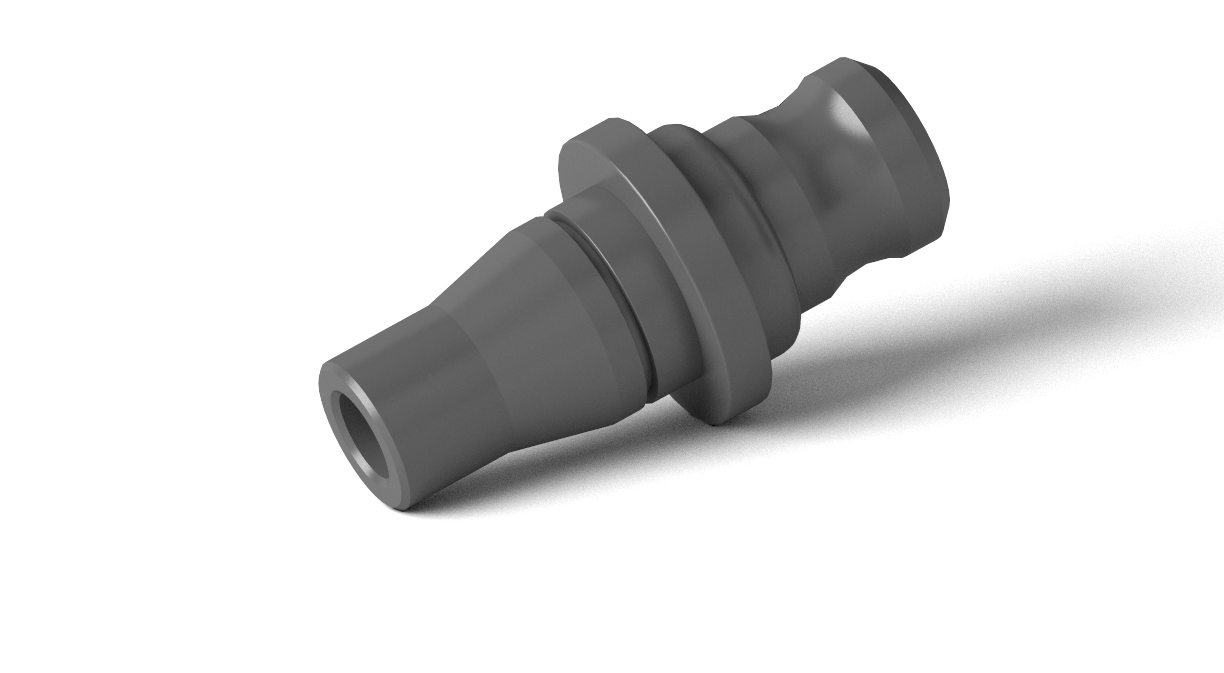
Hardening
Hardening is a heat treatment process used to increase the mechanical resistance of turned and milled parts by selectively changing and transforming the microstructure.
✔ higher hardness
✔ higher wear resistance
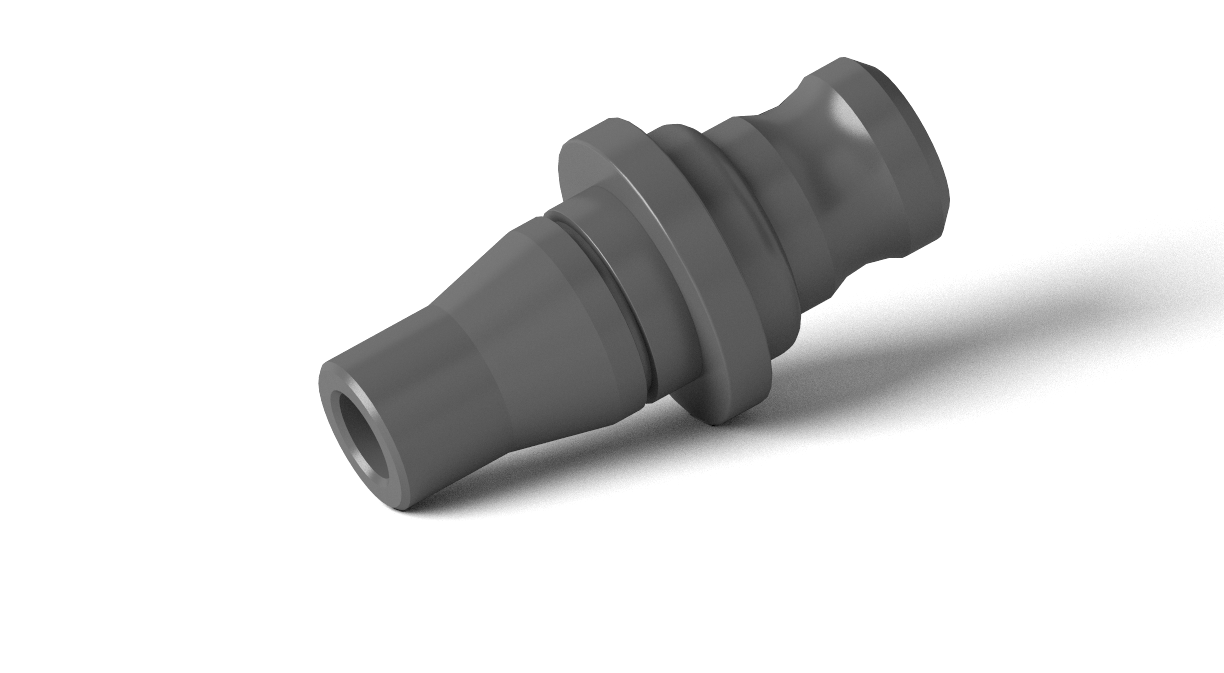
Gas nitriding
Gas nitriding is a thermochemical heat treatment process for steels in a nitrogen-releasing environment. In this process, a hard, wear-resistant surface layer with a ceramic character is produced and a nitrided layer that is a few micrometers thick is formed.
✔ Improved corrosion resistance
✔ High surface hardness
✔ Higher wear resistance
✔ Good sliding properties
✔ Low distortion
✔ Low dimensional change
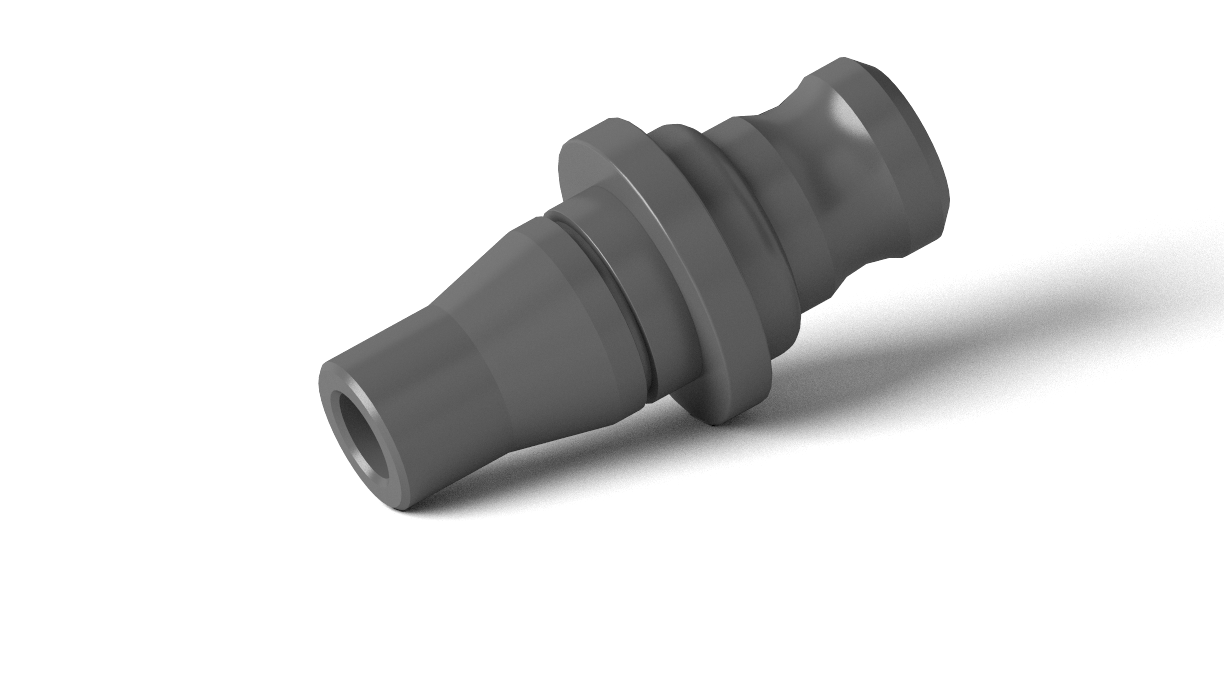
Nitrocarburizing
Nitrocarburizing is a thermochemical surface hardening process without a subsequent hardening step. The process is similar to nitriding and is mainly used to improve wear resistance and fatigue strength. In nitrocarburizing, the workpiece surface is (slightly) enriched with nitrogen, carbon and oxygen. Similar to the nitriding processes, only a small amount of heat is applied and thus the risk of distortion is almost negligible.
✔ Higher wear resistance
✔ Higher hardness in the surface layer
✔ Higher fatigue strength
✔ Better corrosion resistance
✔ Negligible risk of warping
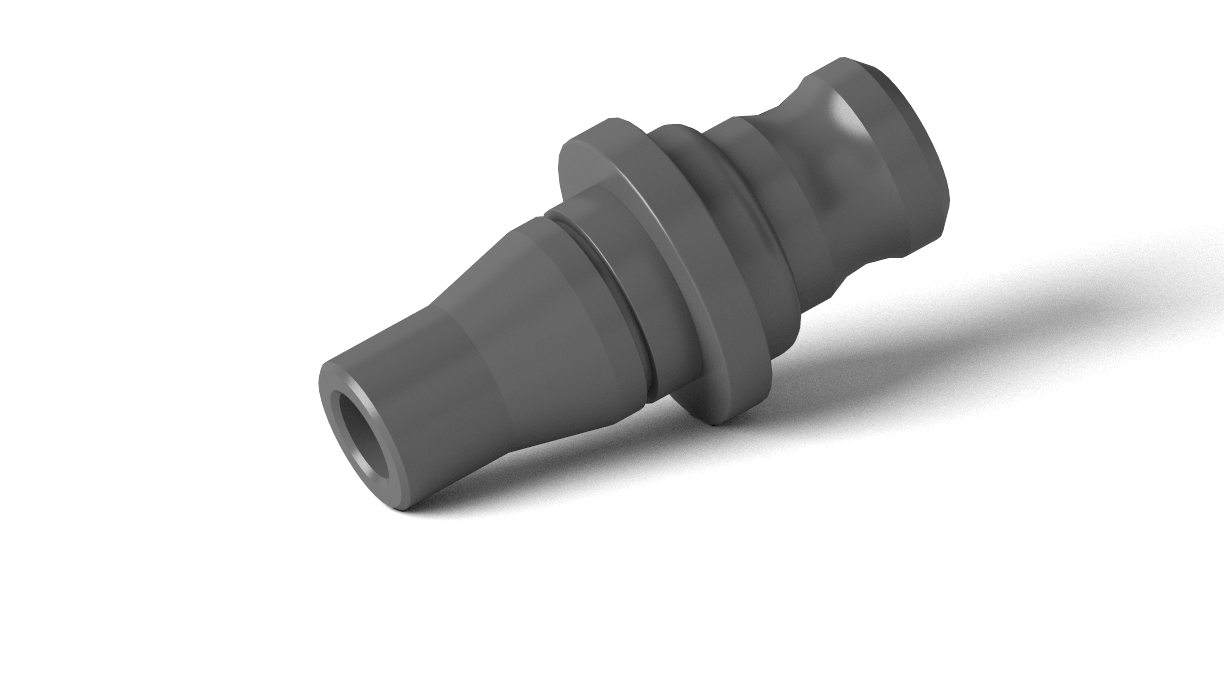
Plasma nitriding
Plasma nitriding is a thermochemical heat treatment process for steels. In this process, a hard, wear-resistant surface layer with a ceramic character is produced in an ionized gas mixture-releasing environment. Compared to gas nitriding, it leads to higher reproducibility and no significant dimensional changes.
✔ Improved corrosion resistance
✔ High surface hardness
✔ Higher wear resistance
✔ Good sliding properties
✔ Low distortion
✔ High reproducibility
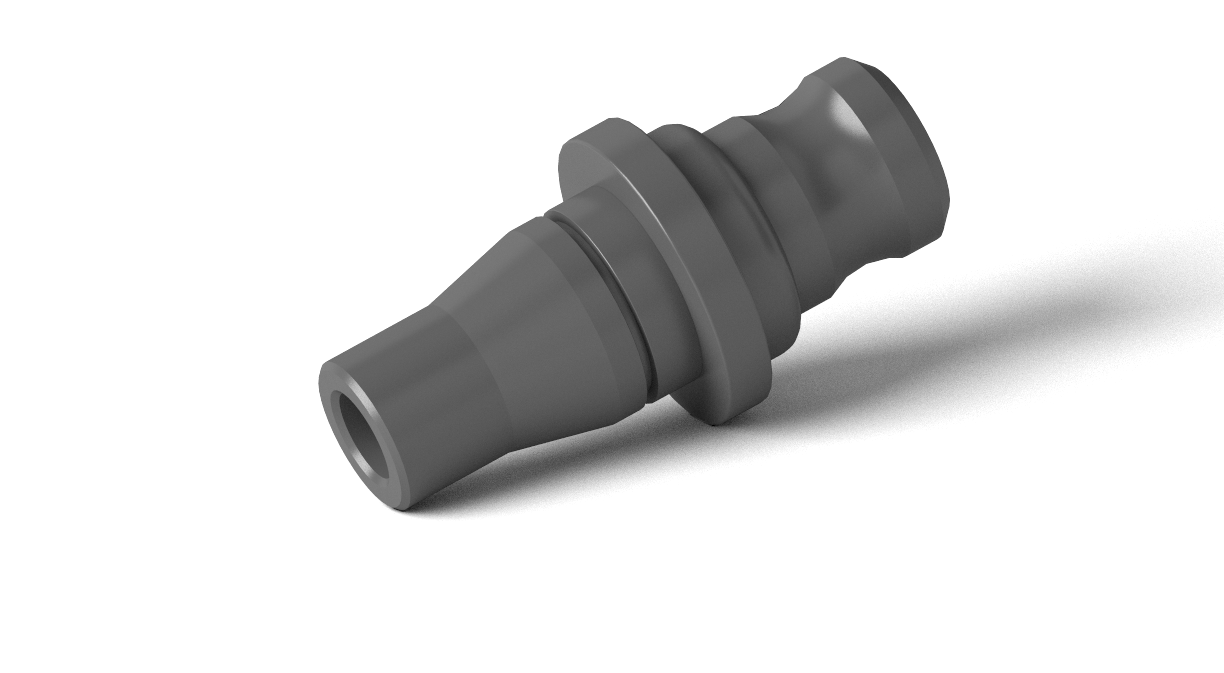
Tenifer treatment
Teniferating or bath nitriding is a thermochemical heat treatment process for steels in a nitriding bath to produce a hard, wear-resistant surface layer with a ceramic character. Subsequent oxidation further increases the corrosion resistance of turning and milling parts.
✔ Improved corrosion resistance
✔ High surface hardness
✔ Higher wear resistance
✔ Black color
✔ Good sliding properties
✔ Low distortion
✔ High reproducibility
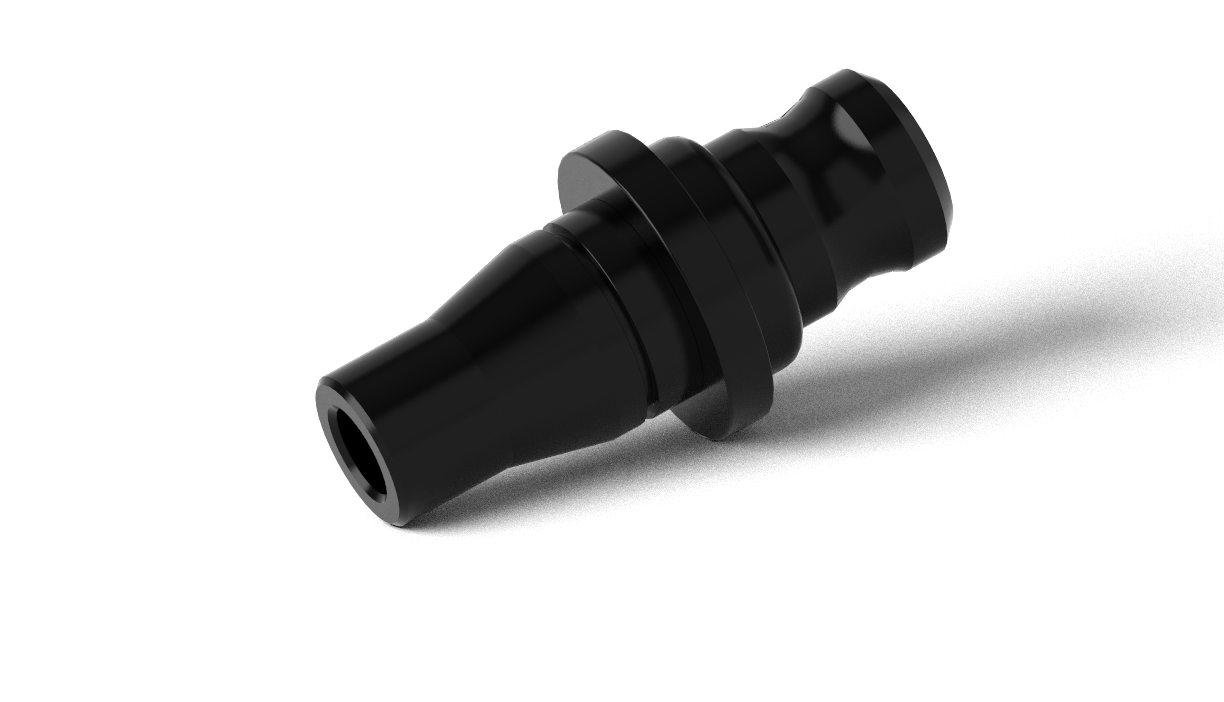
Tenifer treatment-QPQ
Tenifer treatment-QPQ is an extended variant of tenifer treatment. Classic Tenifer treatment-Q is followed by polishing of the part, mostly by glass bead blasting. Finally, the part is oxidized in an AB1 bath. The aim of the Tenifer QPQ process is to obtain an extremely uniform oxidation layer. Oxidation also gives the parts an attractive black color.
✔ Increased corrosion resistance
✔ Visually appealing
✔ Good sliding properties, even at high temperatures
✔ Increase in surface hardness
✔ High dimensional stability
✔ High load-bearing capacity and toughness

Stress-relief annealing
Stress relief annealing is a heat treatment process with the purpose of reducing the mechanical and thermal stresses in the workpiece. This process not only promotes the service life of your CNC parts but also reduces susceptibility to breakage and cracking.
✔ Less stress in the parts
✔ Less distortion
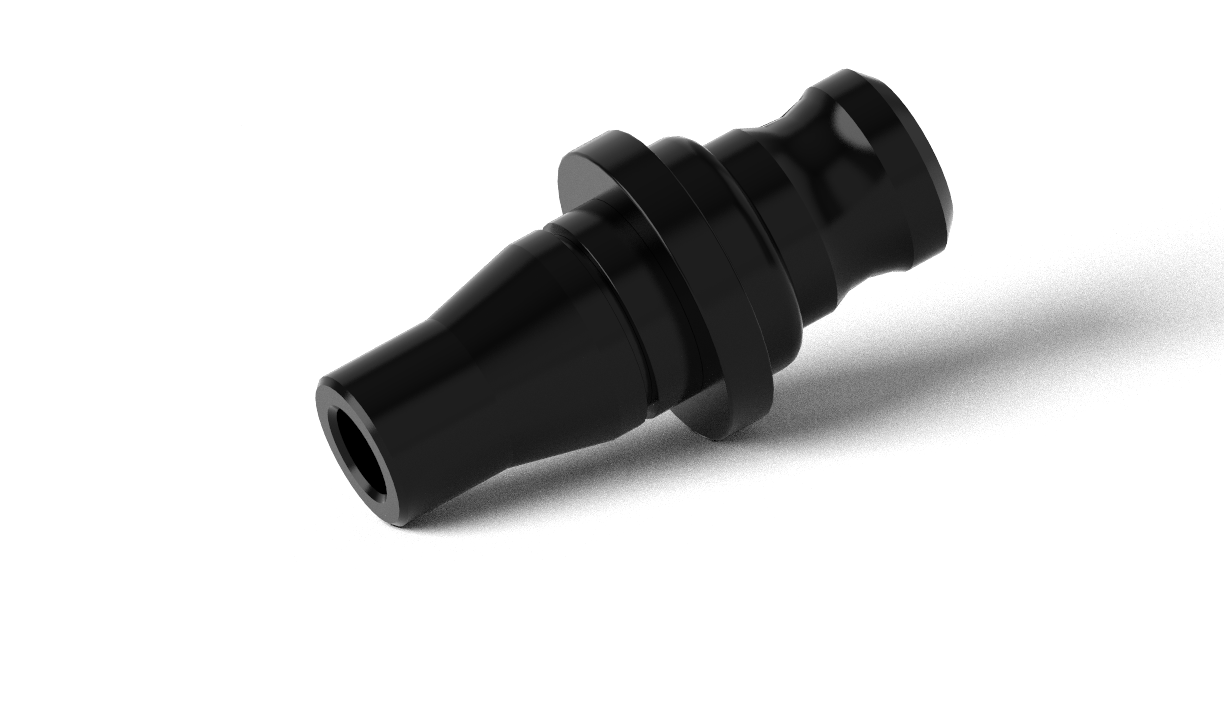
Colsterizing
Colsterizing is a surface hardening process of stainless, austenitic stainless steels that is dimensionally stable and retains its shape and color without affecting corrosion resistance. Hardening takes place through a controlled diffusion process at temperatures < 300 °C, whereby carbon is deposited in the interstitial spaces of the surface layer without forming a chemical bond with the steel. The diffused carbon results in compressive stresses in the surface. These result in a very high surface hardness.
✔ Unchanged corrosion resistance
✔ High surface hardness
✔ Higher wear resistance
✔ Distortion-free
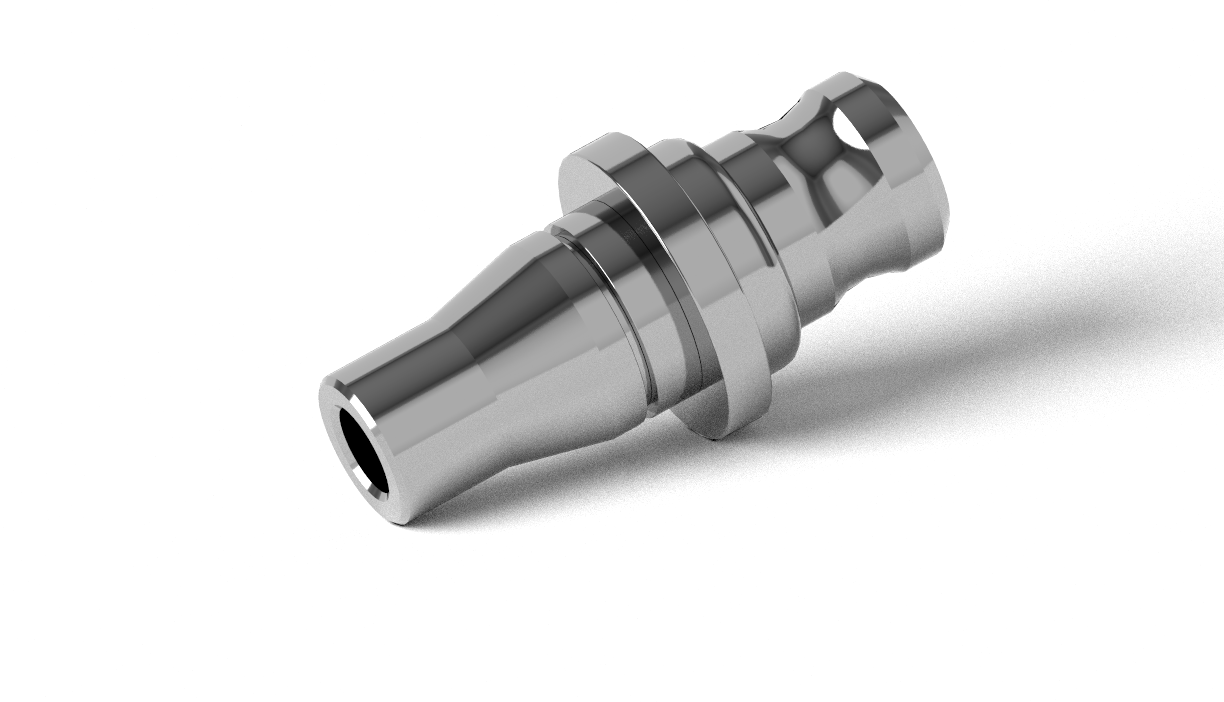
Surface treatments
Sandblasting and glass bead blasting
Sandblasting and glass bead blasting are surface treatments used to deburr and create decorative matt surfaces on CNC parts. Compared to sandblasting, glass bead blasting is gentler, has a lower surface roughness and is particularly suitable for parts with thin walls.
✔ Visually appealing
✔ Matt surfaces
✔ Deburring effect
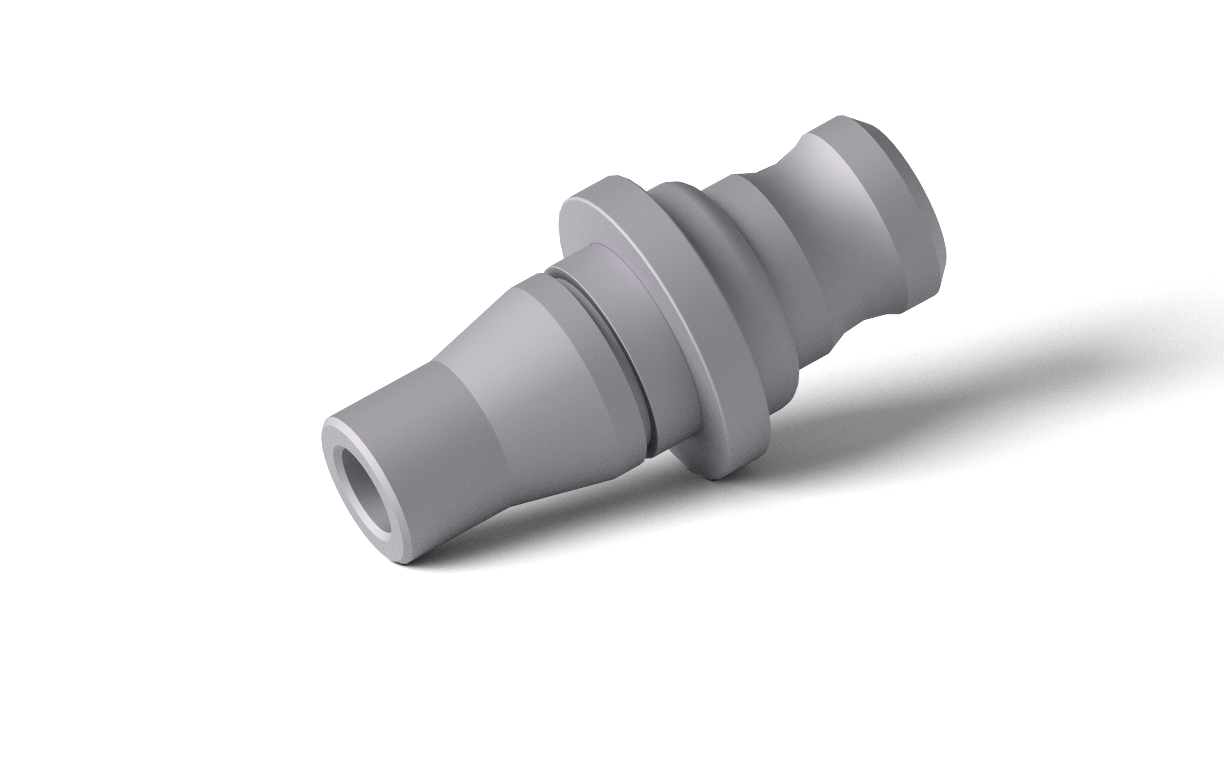
Anodizing
Anodizing is an electrochemical process and is used to create a controlled, protective and hard layer just a few micrometres thick on turned and milled parts made of aluminium by means of anodic oxidation.
✔ wide range of colours
✔ very good corrosion resistance
✔ visually appealing
✔ low electrical conductivity
✔ low dimensional change
✔ higher wear resistance
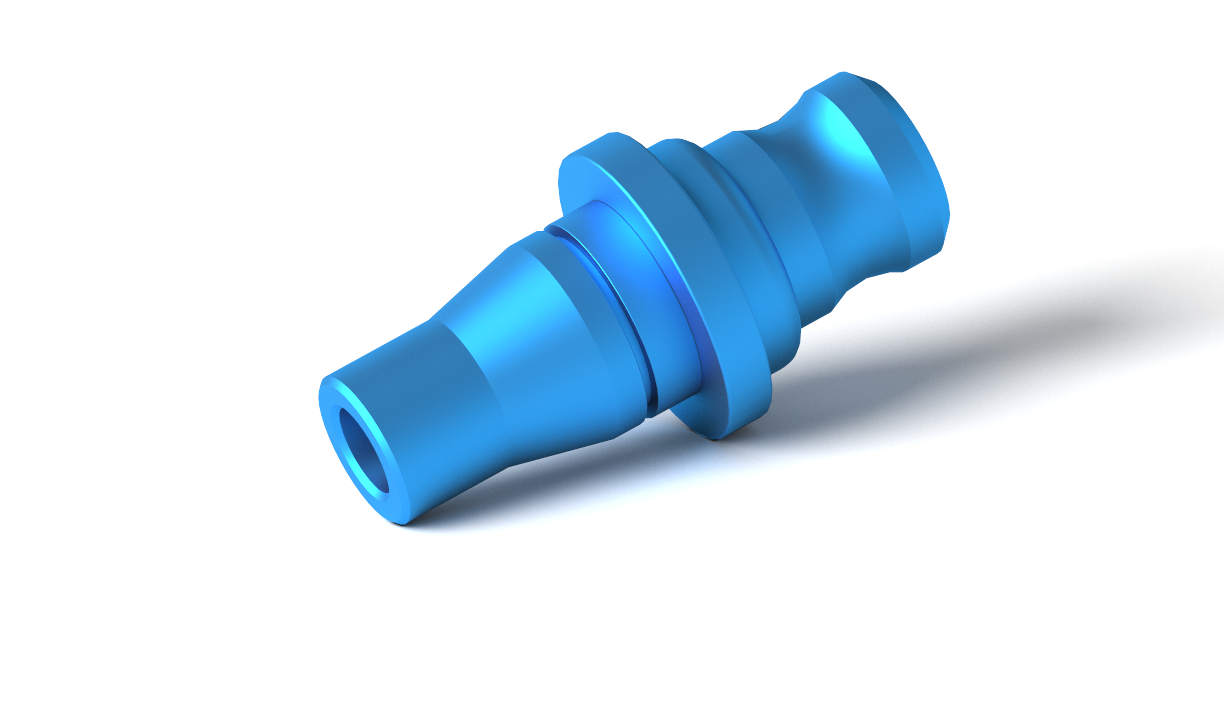
Hard anodizing
Hard anodizing is a process variant of anodic oxidation for the functional refinement of aluminium materials. This process can be used to produce particularly thick, hard and wear-resistant oxidation coatings for technical applications. The difference to anodizing is the layer thickness of up to 100μm. This must be taken into account for tight tolerances/fits.
✔ No color selection
✔ Very good corrosion resistance
✔ Low electrical conductivity
✔ High wear resistance
✔ Very good sliding properties
✔ Very high surface hardness
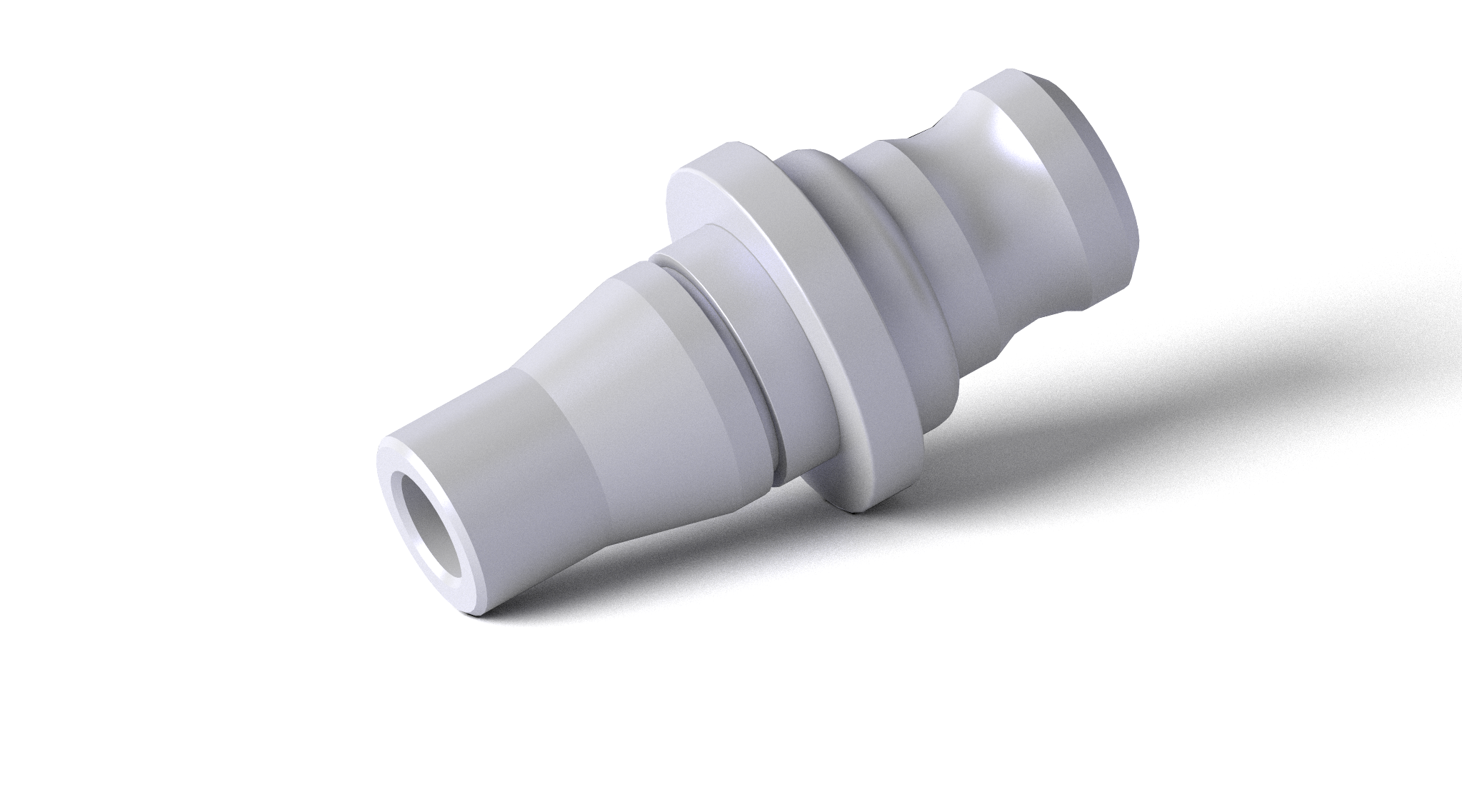
Burnishing
Burnishing is a chemical surface treatment and is used to form a weak protective layer on ferrous surfaces. Burnishing is not a coating. The material turns black as a result of the chemical process.
✔ Deep black coloring
✔ Dimensional stability
✔ Increased corrosion resistance
✔ Reflection-reducing
✔ Visually appealing
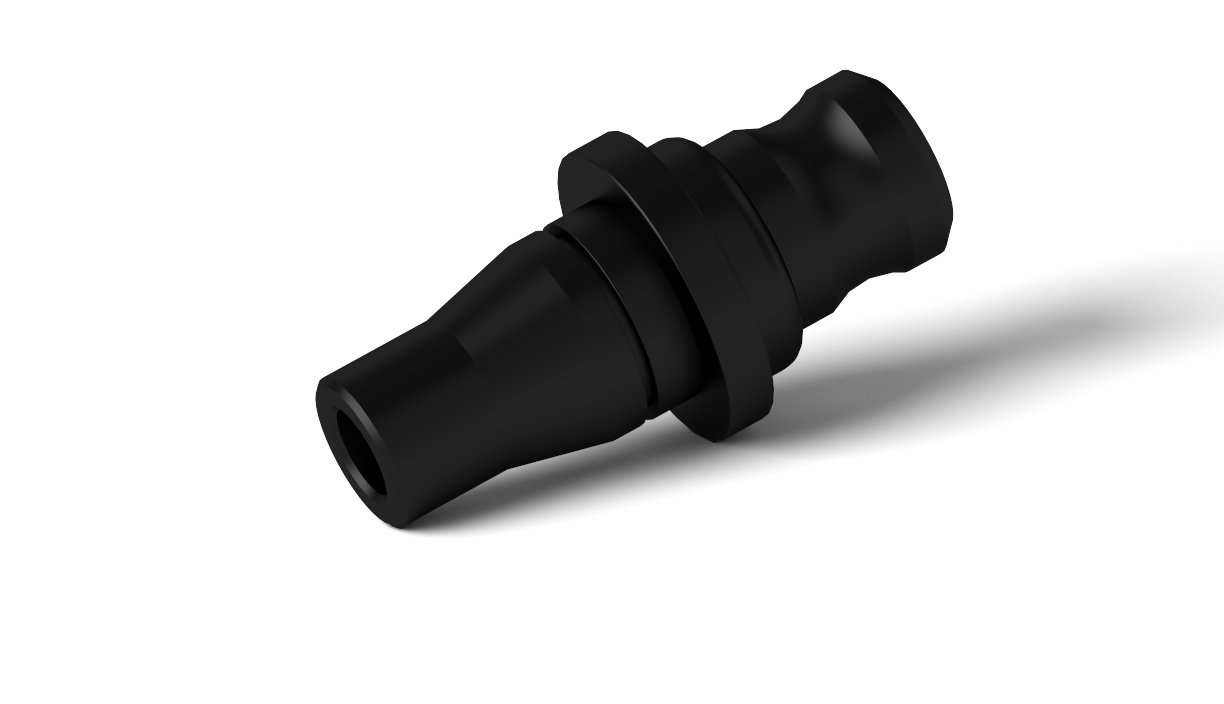
Chromate
Chromating is a chemical surface treatment mainly for aluminium workpieces. Complex chromic acid salts are formed on metallic surfaces by the action of chromic acid. In contrast to anodizing, a soft, corrosion-resistant and conductive layer is applied, which is also suitable as a very good adhesion primer for paints and powder coatings.
✔ Good corrosion resistance
✔ High electrical conductivity
✔ Corrosion-resistant up to 80 °C
✔ Very good primer
✔ Not RoHS-compliant
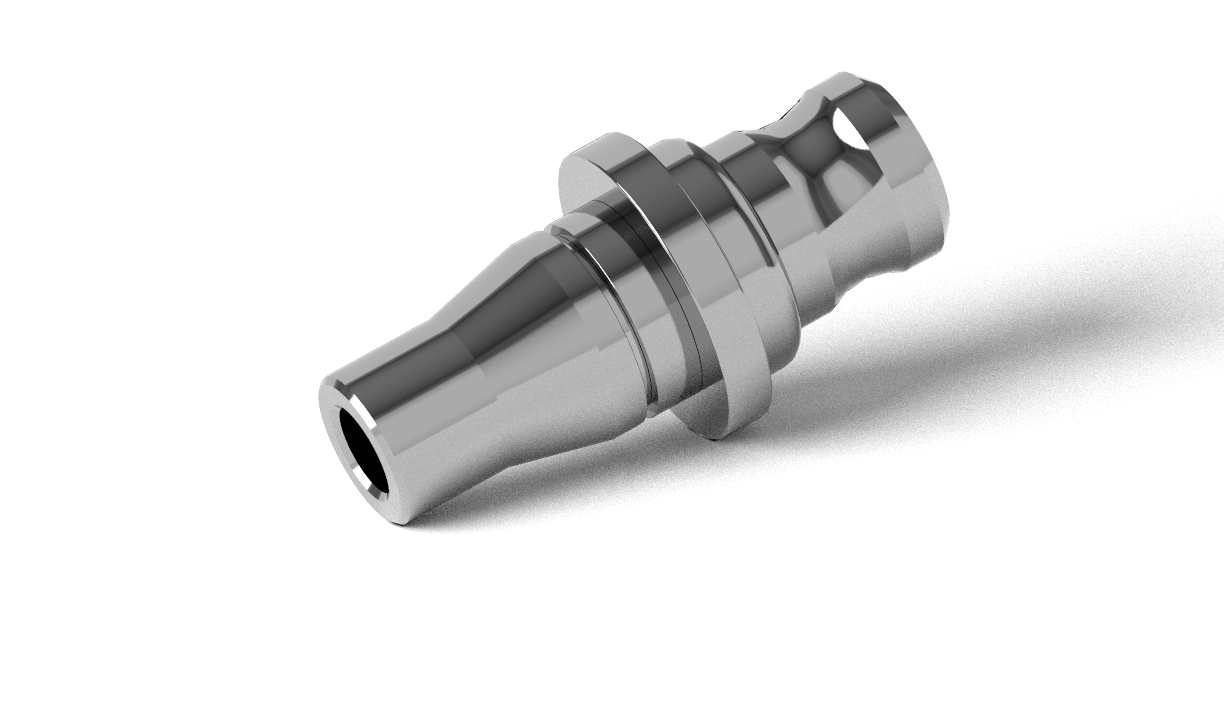
Vibratory finishing
Vibratory finishing is an abrasive process for deburring, edge rounding, smoothing or polishing a workpiece and can be individually controlled depending on the component requirements.
✔ Deburring effect
✔ Shiny surfaces
✔ Degreasing, de-oiling
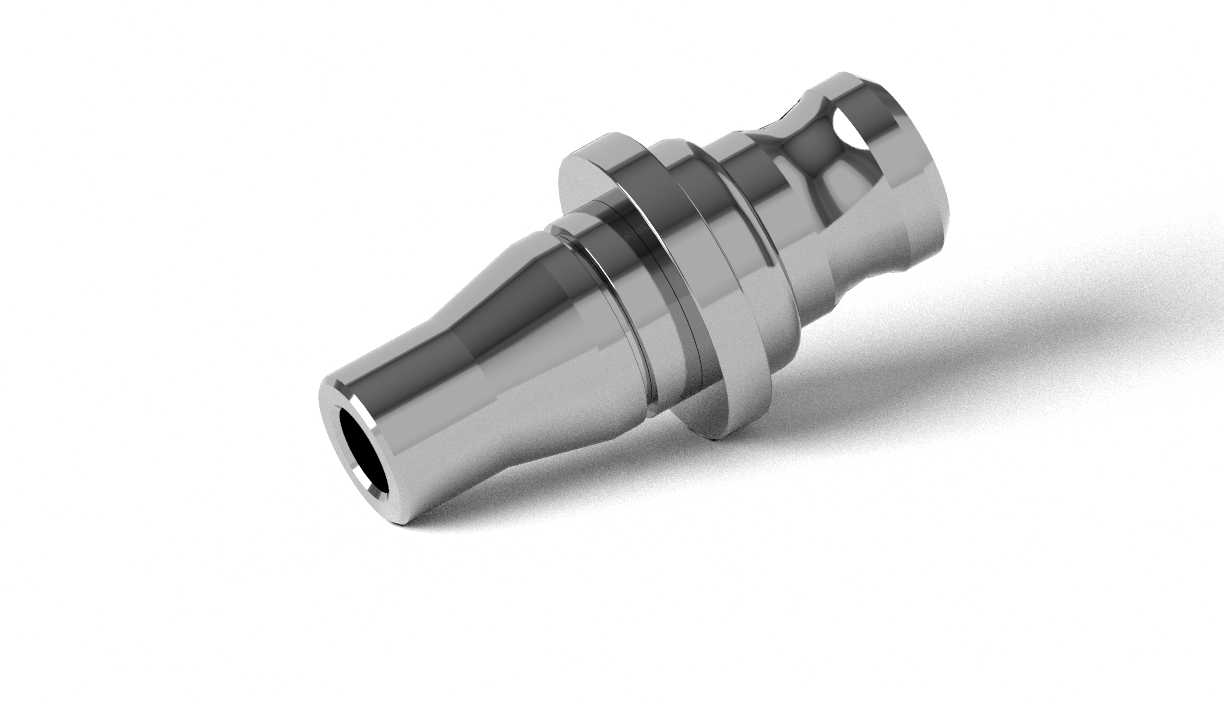
Electropolishing
Electropolishing is one of the electrochemical removal processes. In this process, material is removed anodically in an electrolyte specially adapted to the material. The surface roughness is reduced by electropolishing and a shiny surface is produced with minimal material removal.
✔ Minimal material removal
✔ Deburring effect
✔ Shiny, smooth surfaces
✔ Machining of fine contours
✔ Good sliding properties
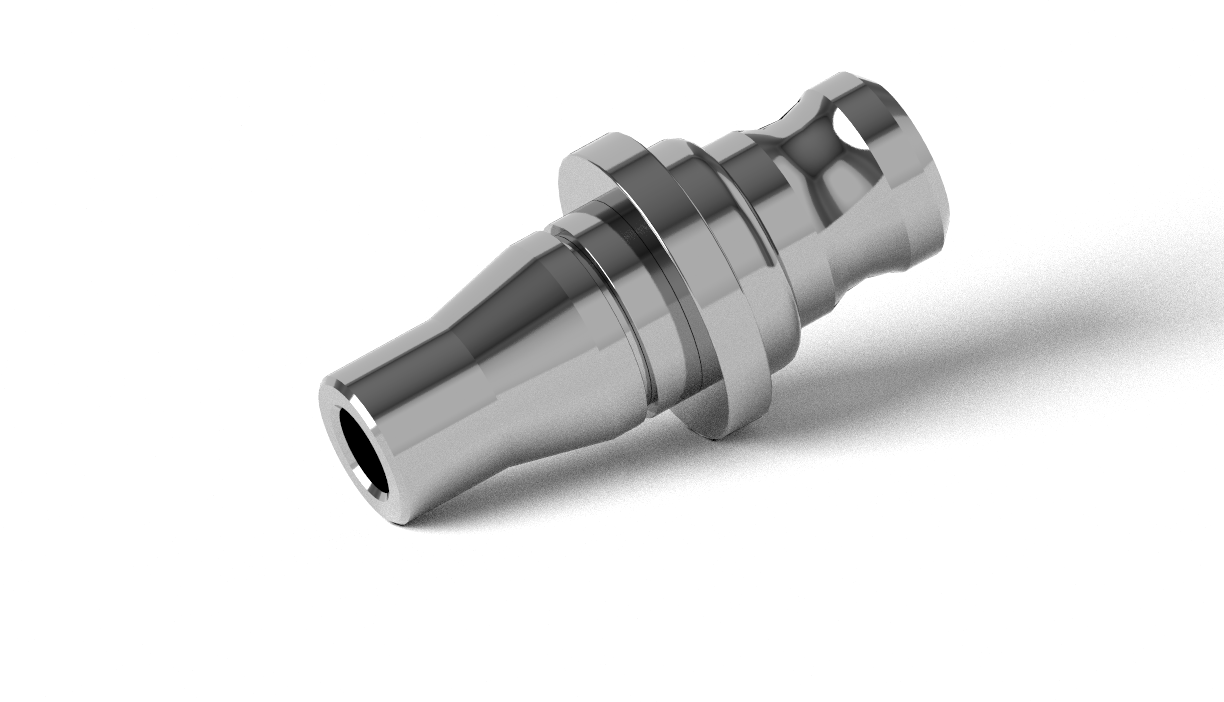
Phosphating
Phosphating is an electrochemical process in which a sparingly soluble metal phosphate layer a few micrometres thick is formed on the surface using an immersion or spraying process.
✔ electrical insulation
✔ good sliding properties
✔ improved corrosion resistance
✔ reflection-reducing
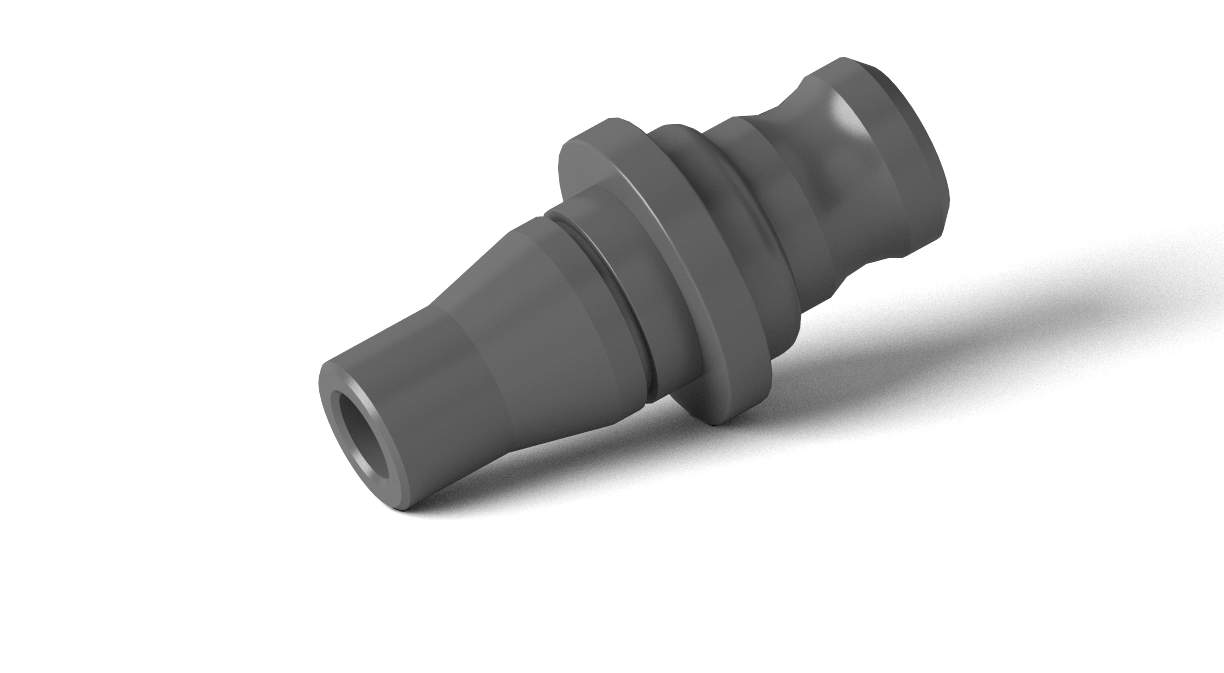
Oxidizing
Oxidizing is a thermochemical diffusion treatment and primarily serves as corrosion protection. The appearance is comparable to burnished surfaces. However, the corrosion protection is significantly better.
✔ Improved corrosion resistance
✔ Higher wear resistance
✔ Better sliding properties
✔ Visually appealing
✔ Reflection-reducing
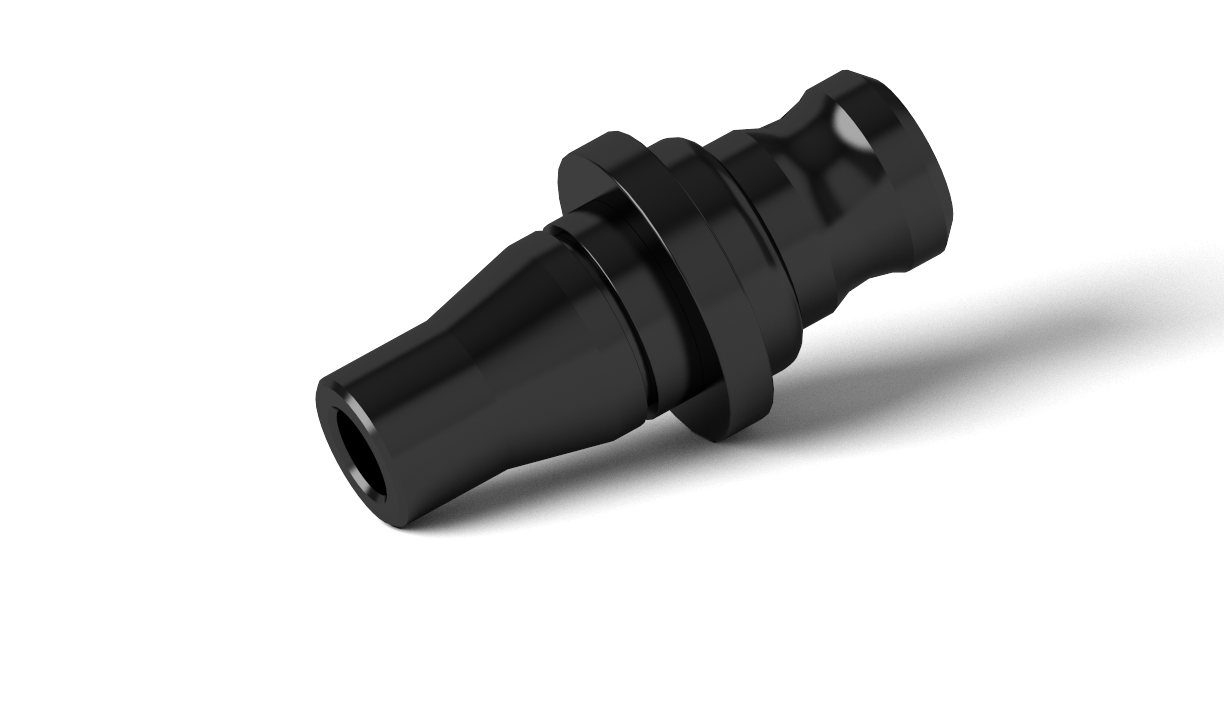
Passivation (non-ferrous metals)
Passivation is a chemical surface treatment primarily for aluminium workpieces. Complex chromic acid salts are formed on metallic surfaces by the action of chromic acid. In contrast to anodizing, a soft, corrosion-resistant and conductive layer is applied. This is also a very good primer for paints and powder coatings. This surface treatment is similar to the “chromating” process.
✔ Good corrosion resistance
✔ High electrical conductivity
✔ Very good primer
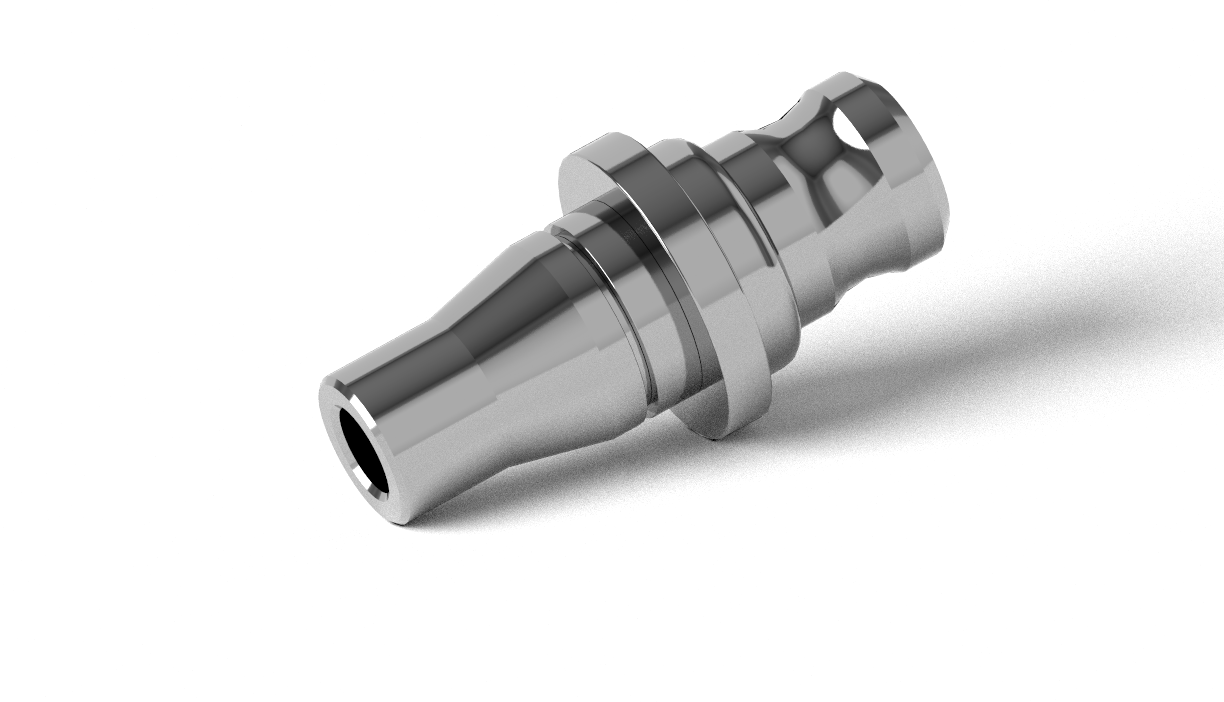
Passivation (stainless steel)
Passivation of stainless steel serves to increase corrosion resistance. Organic acids (mostly citric acid) are used to remove iron and iron oxides from the immediate surface. At the same time, the alloying constituents of the stainless steel are enriched there, forming a very thin, dense and chemically less reactive passive layer of chromium oxides by oxidation.
✔ Good corrosion resistance
✔ Very good adhesion

Coatings
Galvanizing
Galvanizing is a process in which a zinc coating is produced electrolytically. This creates passive and active corrosion protection, as the zinc acts as a sacrificial anode to the more noble iron.
✔ Very good corrosion resistance
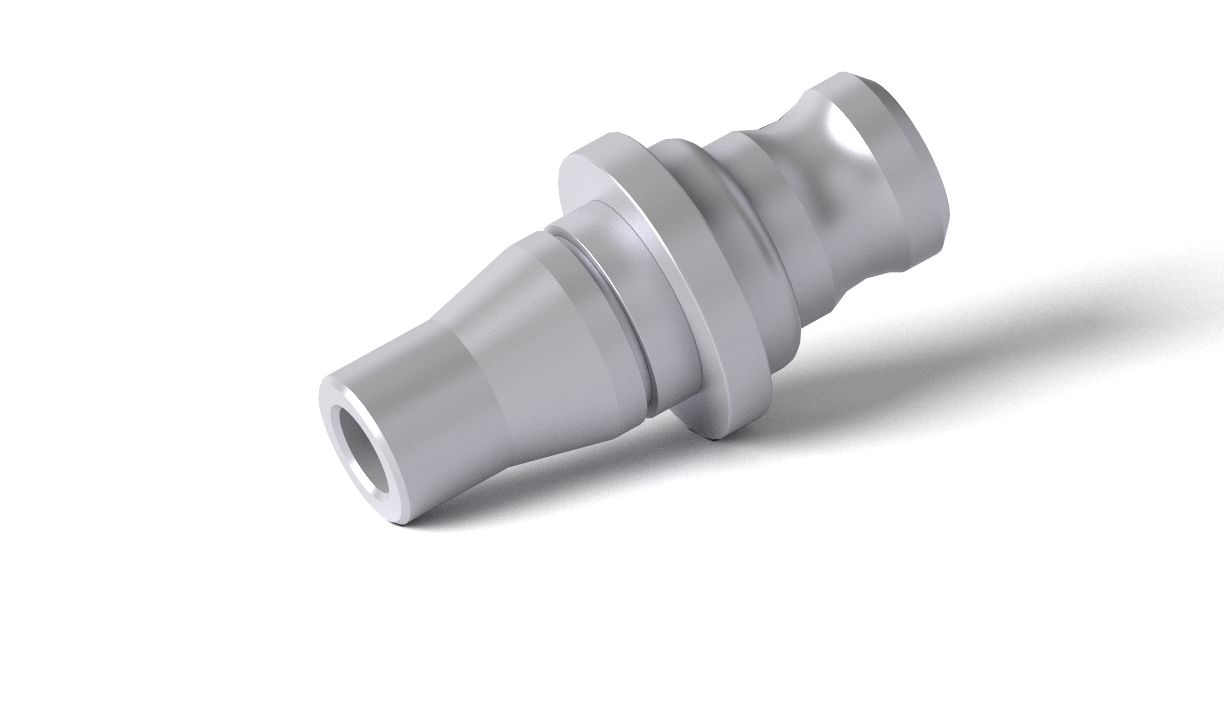
Chrome plating
Chrome plating increases wear resistance and provides corrosion protection for the parts with the help of a thin chrome layer. We offer matt and black versions.
In contrast to decorative bright chrome plating, chrome plating is a technical coating. The thickness of the chrome layers is usually around 15 µm.
✔ Very good corrosion resistance
✔ Good sliding properties
✔ Good chemical resistance
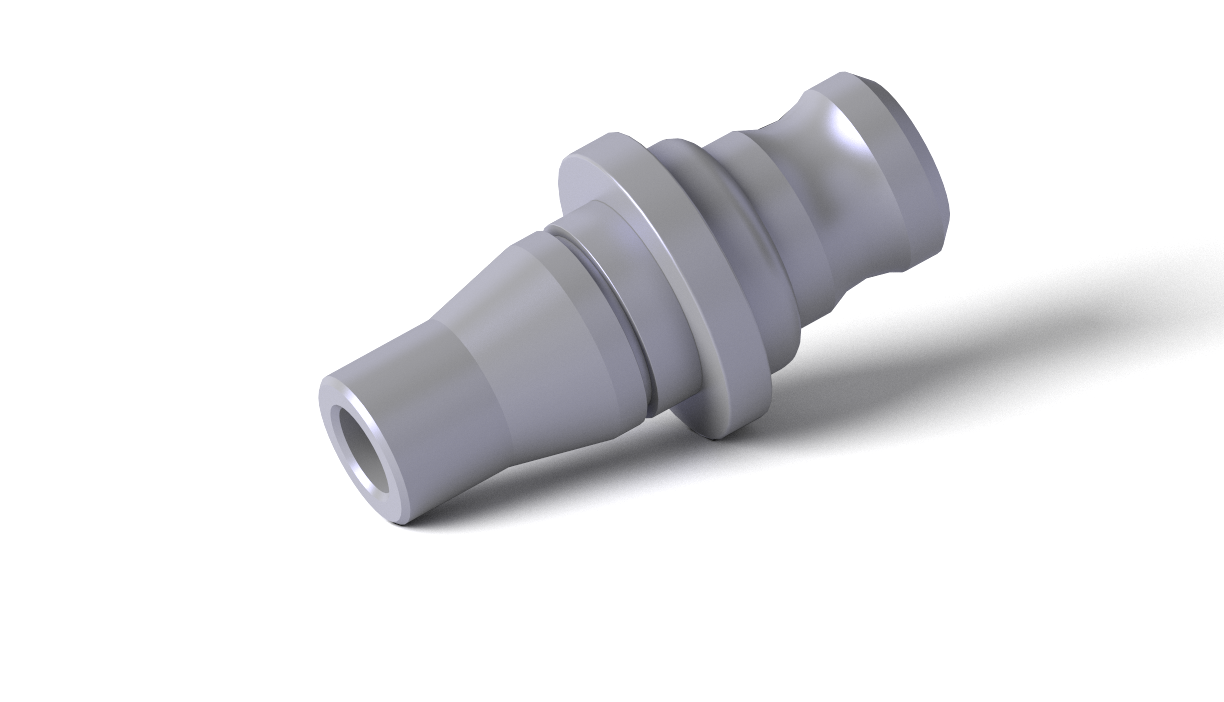
Hard chrome plating
Hard chrome plating is primarily used to protect against wear and increase the surface hardness of the parts. In contrast to decorative bright chrome plating, the layers are thicker, rougher and are applied directly to the material without intermediate layers. The thickness of the chrome layers is usually between 15 and 200 µm. Hard chrome-plated surfaces are often ground or polished in a subsequent step.
✔ Very good corrosion resistance
✔ High wear resistance
✔ Good chemical resistance
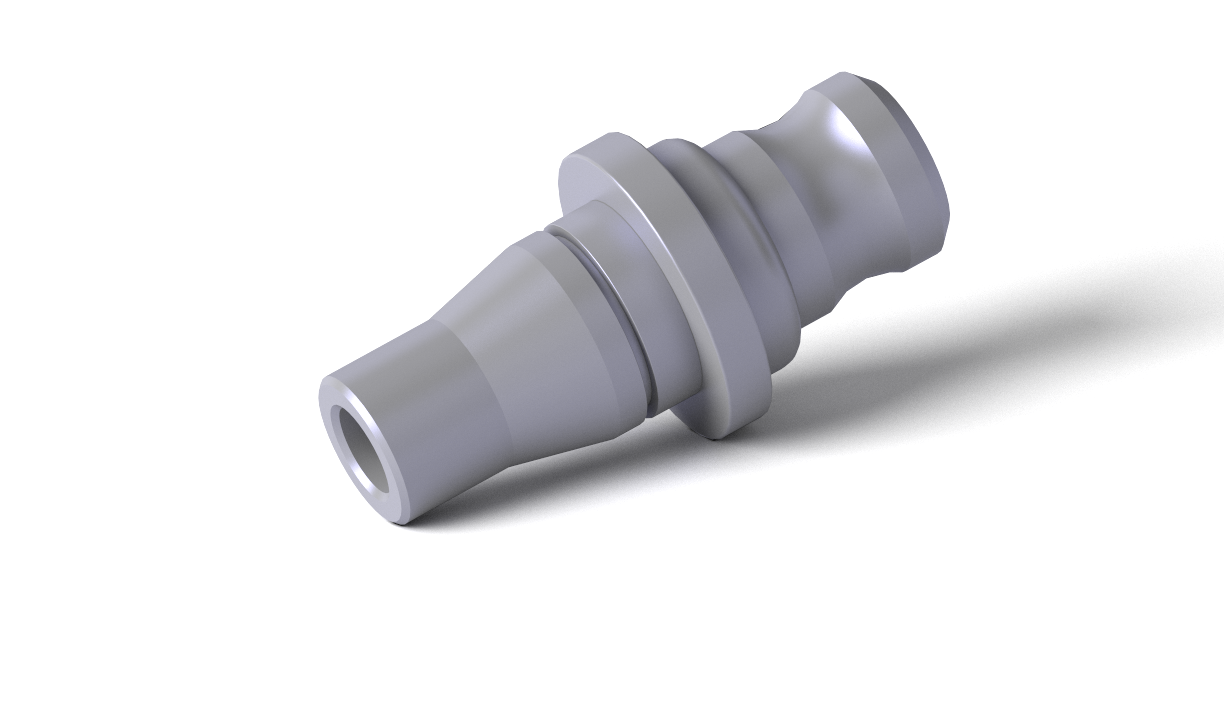
Bright chrome plating
Bright chrome plating meets high visual requirements and is mainly used for decorative purposes. Nickel is usually used as an intermediate layer. The chrome layers are thin and can be polished after the coating process.
✔ Visually very appealing
✔ Good corrosion resistance
✔ Higher wear resistance
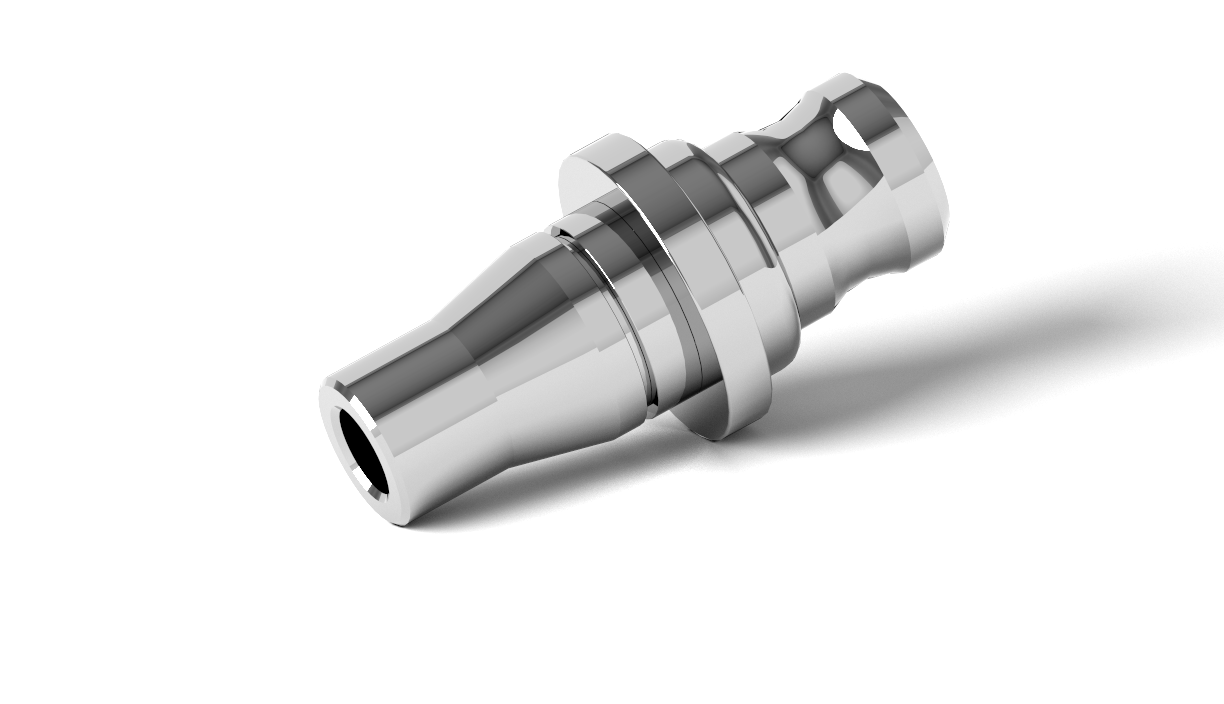
Galvanic nickel plating
Nickel plating is a process in which a nickel coating is produced electrolytically. This has good wear resistance, high corrosion protection and chemical resistance to alkalis, acids and gases.
✔ Very good corrosion resistance
✔ Good wear resistance
✔ Electrical conductivity
✔ Very good thermal conductivity
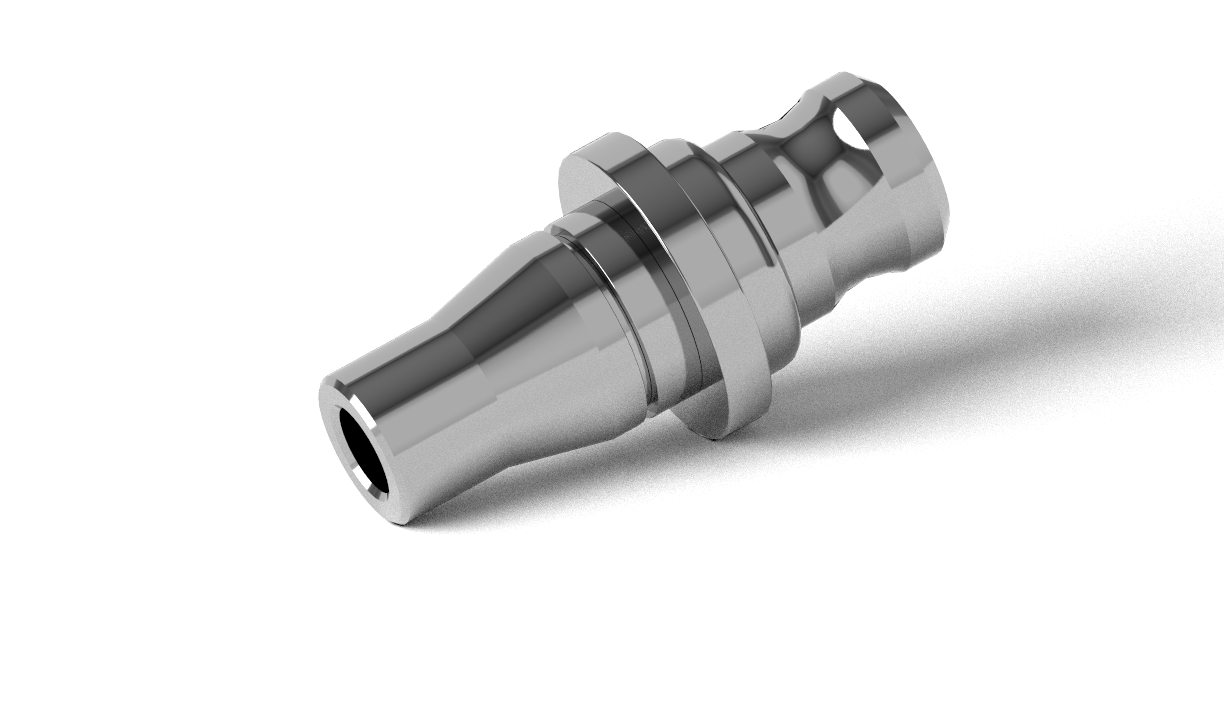
Electroless nickel plating
Electroless nickel plating is an electroless plating process that produces a coating that is true to contour over the entire surface. Compared to galvanic nickel plating, it guarantees a uniform layer thickness. This means that even complicated part geometries and internal contours can be coated. This coating is characterized by high wear resistance and corrosion protection.
✔ Very good corrosion resistance
✔ Higher wear resistance
✔ Electrical conductivity
✔ Uniform layer thickness
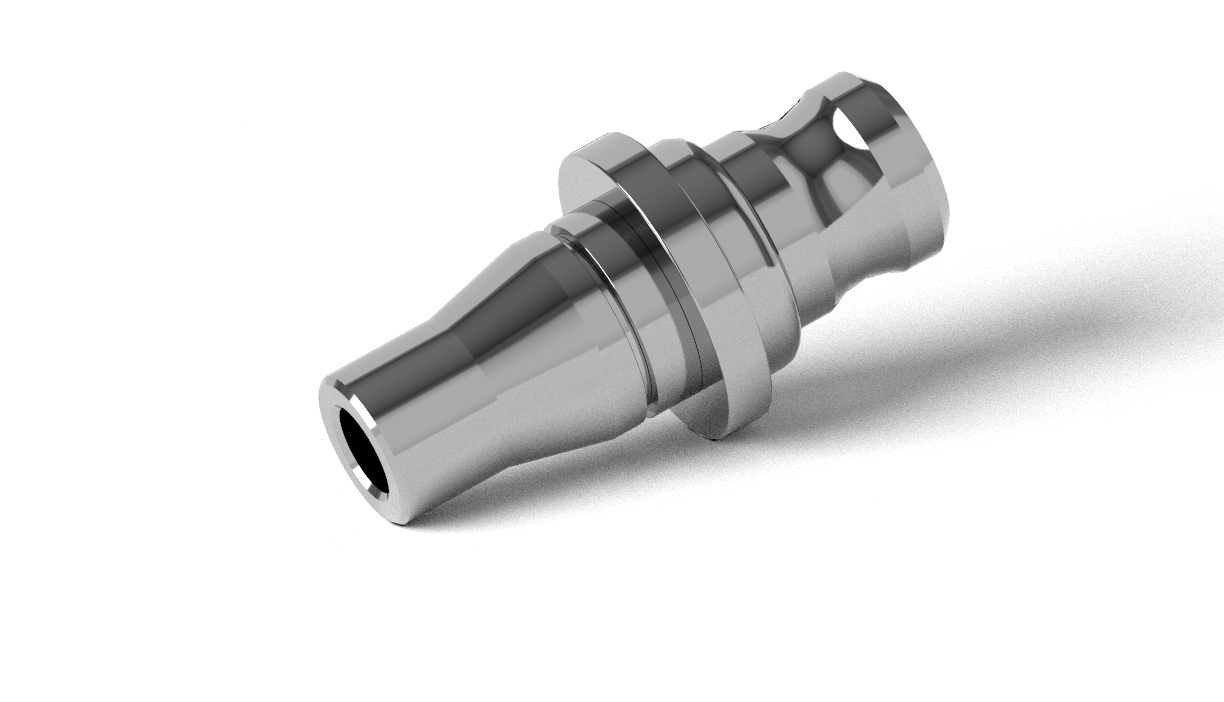
Powder coating
Powder coating is an electrostatic coating process in which electrically conductive parts are coated with powder paint. The earthed parts are sprayed with the positively charged powder using a powder spray gun. The powder coating layer is then cured in an oven at temperatures between 110 and 250 °C.
✔ Very good corrosion resistance
✔ Good chemical resistance
✔ Uniform layer thickness
✔ Large selection of colors
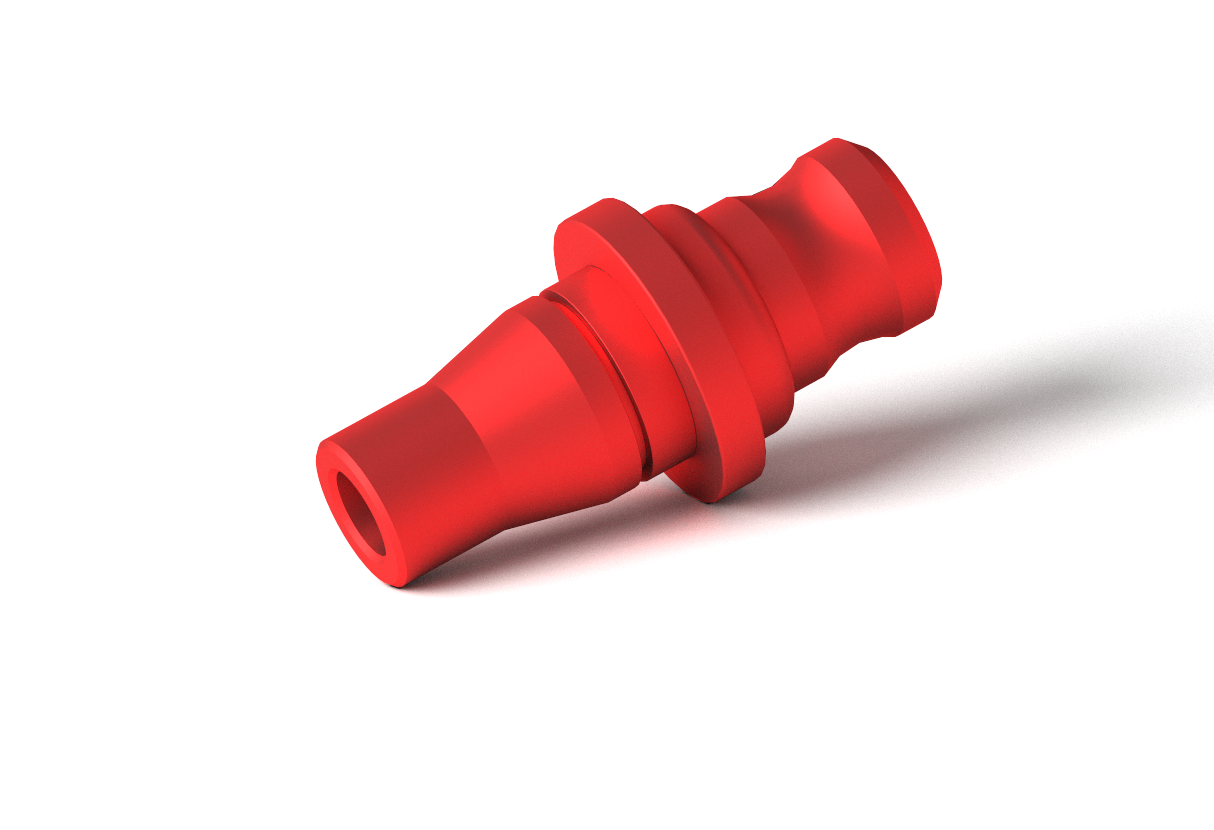
Labeling, cleaning and packaging
Ultrasonic cleaning
In ultrasonic cleaning, parts are cleaned using high-frequency vibrations, usually in combination with a cleaning agent. The parts are placed in a liquid bath in a heatable tank. Typical applications include the removal of chips, grease and oil.
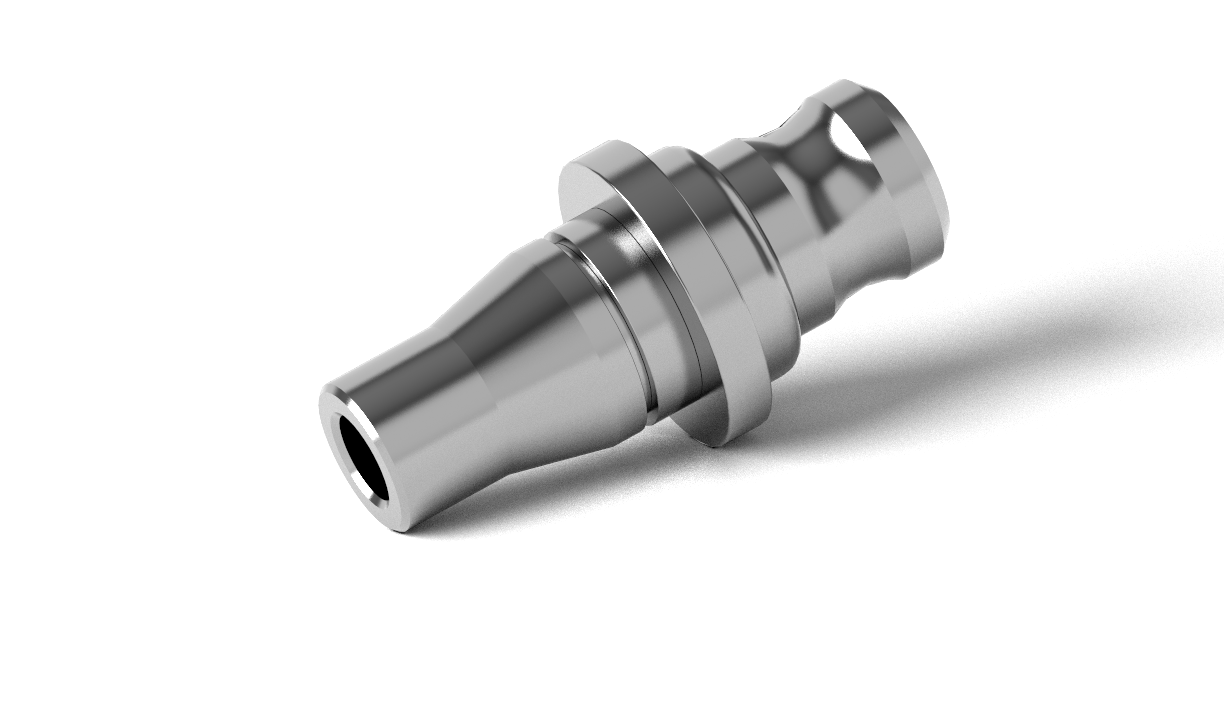
Laser marking
During laser marking, the surface of the workpiece is colored using a laser beam. Thanks to the process’s high degree of freedom of design, logos and other symbols can be applied in addition to alphanumeric characters.
✔ Cost-effective
✔ High degree of design freedom
✔ High contrast
✔ Almost no or little material removal
Engraving by milling
Marking the parts directly in the milling process is carried out using small end mills or special engraving tools, depending on the requirements. The process is particularly suitable for alphanumeric characters, which are included in the technical drawing or the CAD model.
✔ Mechanically highly abrasion-resistant labeling
✔ Variable engraving depth
Individual packaging
On request, we can pack your workpieces individually. Separate packaging provides additional protection for sensitive parts in particular during handling and transport. Depending on the part and requirements, different packaging is used, such as PE bags, oiled paper or special cartons.
Procuring turning parts and milling parts online
At Spanflug, you can procure your turning parts and milling parts quickly and easily with an instant quote. You can send your detailed project RFQs directly by e-mail.